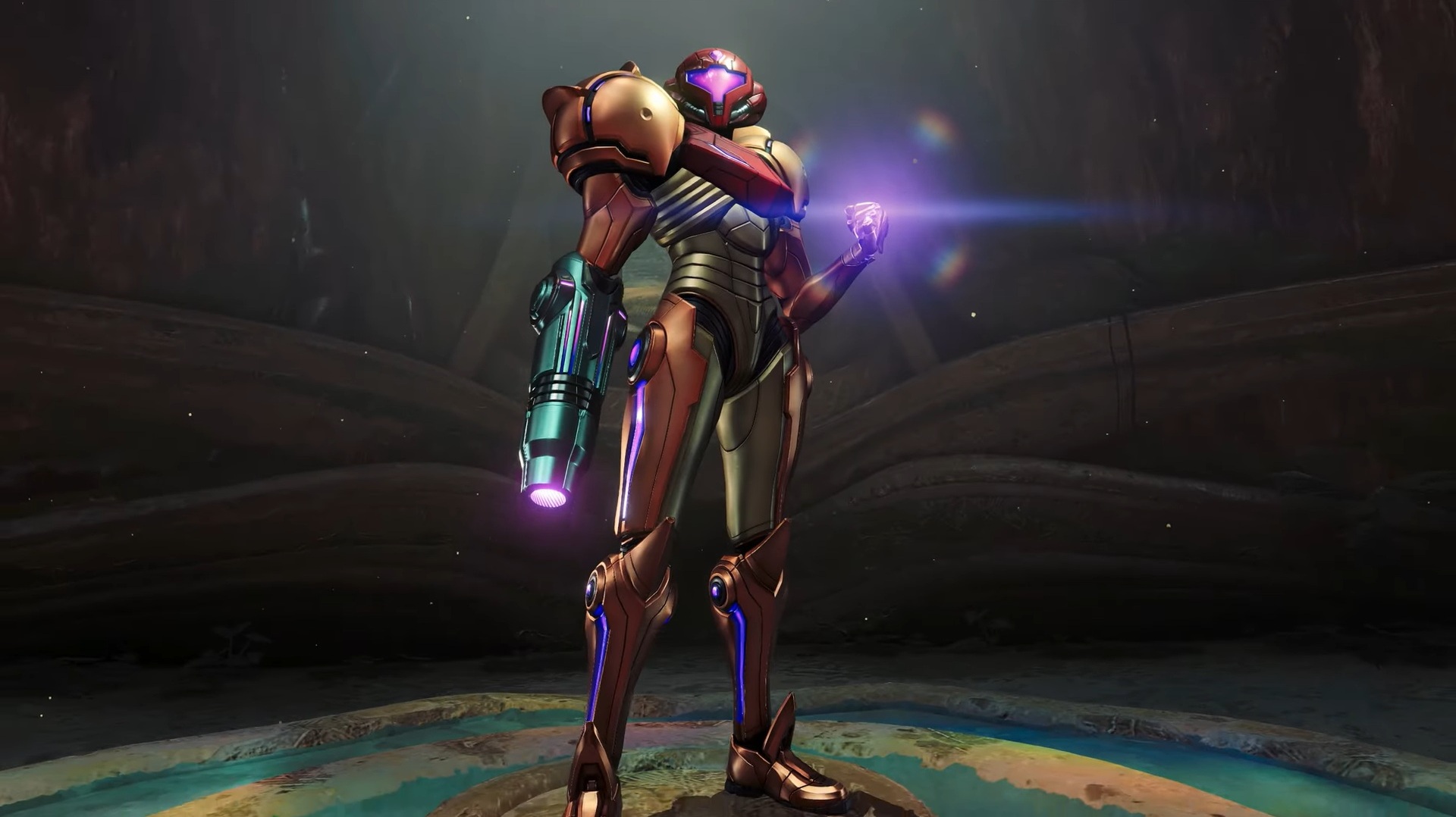Digital Foundry Analyzes Nintendo Switch 2 Motherboard Leak: PS4 Ports and Performance Expectations
As anticipation builds for the next generation of Nintendo hardware, recent developments regarding the Nintendo Switch 2 have ignited considerable interest among fans and analysts alike.
Following a leaked image of the purported Switch 2 motherboard, technology publication Digital Foundry has meticulously examined the components and shared their insights on what these revelations could mean for the console’s power, performance, and gaming portfolio.
Background and Hardware Insights With the original Nintendo Switch, launched in 2017, carving out an impressive legacy as a versatile hybrid platform, the Switch 2 is positioned to carry Nintendo’s innovation into the coming years.
The Switch 2 motherboard leak, analyzed by Digital Foundry, reveals significant upgrades designed to keep Nintendo competitive in both the portable and home console markets.
The analysis suggests that the Switch 2 is likely to utilize a custom Nvidia system-on-chip (SoC), believed to be produced with Samsung’s 8nm fabrication process.
While this manufacturing node may not be the most power-efficient compared to more recent advances, it represents a notable step up from the current Switch hardware. According to Digital Foundry, early indications point to the Switch 2 being able to run the majority of PlayStation 4 titles, though some may see a reduction in native resolution.
Nevertheless, the implementation of Nvidia’s Deep Learning Super Sampling (DLSS) technology could allow these games to be upscaled effectively, minimizing the visual impact of any resolution drop.
The potential for robust PS4 porting underscores Nintendo’s aim to attract third-party developers and provide a broader gaming library for Switch 2 owners. Custom T239 Processor and Power Efficiency Digital Foundry’s investigation also highlights that the Switch 2’s T239 processor has been collaboratively developed by Nvidia and Nintendo—an important distinction from the original Switch, where Nintendo had little input on the chip design.
This bespoke processor is engineered specifically to serve the next-generation device’s demands.
While the identified small battery compartment has raised questions about overall efficiency, particularly when compared to competitors like the Valve Steam Deck, Digital Foundry notes that Nintendo’s fixed hardware approach may offset these concerns by allowing developers to optimize software specifically for the platform. Implications for Nintendo’s First-Party Lineup Technical figures aside, the real measure of the Switch 2’s success will be in its ability to deliver visually impressive, smooth experiences for flagship Nintendo titles.
While enthusiasts await official reveals of upcoming first-party games such as potential new installments in the Mario and Mario Kart franchises, the hardware advancements suggest heightened capabilities and performance for the highly anticipated Switch successor. Conclusion While these findings from Digital Foundry do not represent Nintendo’s official technical specifications for the Switch 2, they offer an expert evaluation rooted in verified information and hardware analysis.
As gaming audiences await a formal announcement—possibly via an upcoming Nintendo Direct—expectations for the Switch 2 are being shaped by both the console’s underlying technology and Nintendo’s history of innovative game development.
Following a leaked image of the purported Switch 2 motherboard, technology publication Digital Foundry has meticulously examined the components and shared their insights on what these revelations could mean for the console’s power, performance, and gaming portfolio.
Background and Hardware Insights With the original Nintendo Switch, launched in 2017, carving out an impressive legacy as a versatile hybrid platform, the Switch 2 is positioned to carry Nintendo’s innovation into the coming years.
The Switch 2 motherboard leak, analyzed by Digital Foundry, reveals significant upgrades designed to keep Nintendo competitive in both the portable and home console markets.
The analysis suggests that the Switch 2 is likely to utilize a custom Nvidia system-on-chip (SoC), believed to be produced with Samsung’s 8nm fabrication process.
While this manufacturing node may not be the most power-efficient compared to more recent advances, it represents a notable step up from the current Switch hardware. According to Digital Foundry, early indications point to the Switch 2 being able to run the majority of PlayStation 4 titles, though some may see a reduction in native resolution.
Nevertheless, the implementation of Nvidia’s Deep Learning Super Sampling (DLSS) technology could allow these games to be upscaled effectively, minimizing the visual impact of any resolution drop.
The potential for robust PS4 porting underscores Nintendo’s aim to attract third-party developers and provide a broader gaming library for Switch 2 owners. Custom T239 Processor and Power Efficiency Digital Foundry’s investigation also highlights that the Switch 2’s T239 processor has been collaboratively developed by Nvidia and Nintendo—an important distinction from the original Switch, where Nintendo had little input on the chip design.
This bespoke processor is engineered specifically to serve the next-generation device’s demands.
While the identified small battery compartment has raised questions about overall efficiency, particularly when compared to competitors like the Valve Steam Deck, Digital Foundry notes that Nintendo’s fixed hardware approach may offset these concerns by allowing developers to optimize software specifically for the platform. Implications for Nintendo’s First-Party Lineup Technical figures aside, the real measure of the Switch 2’s success will be in its ability to deliver visually impressive, smooth experiences for flagship Nintendo titles.
While enthusiasts await official reveals of upcoming first-party games such as potential new installments in the Mario and Mario Kart franchises, the hardware advancements suggest heightened capabilities and performance for the highly anticipated Switch successor. Conclusion While these findings from Digital Foundry do not represent Nintendo’s official technical specifications for the Switch 2, they offer an expert evaluation rooted in verified information and hardware analysis.
As gaming audiences await a formal announcement—possibly via an upcoming Nintendo Direct—expectations for the Switch 2 are being shaped by both the console’s underlying technology and Nintendo’s history of innovative game development.






